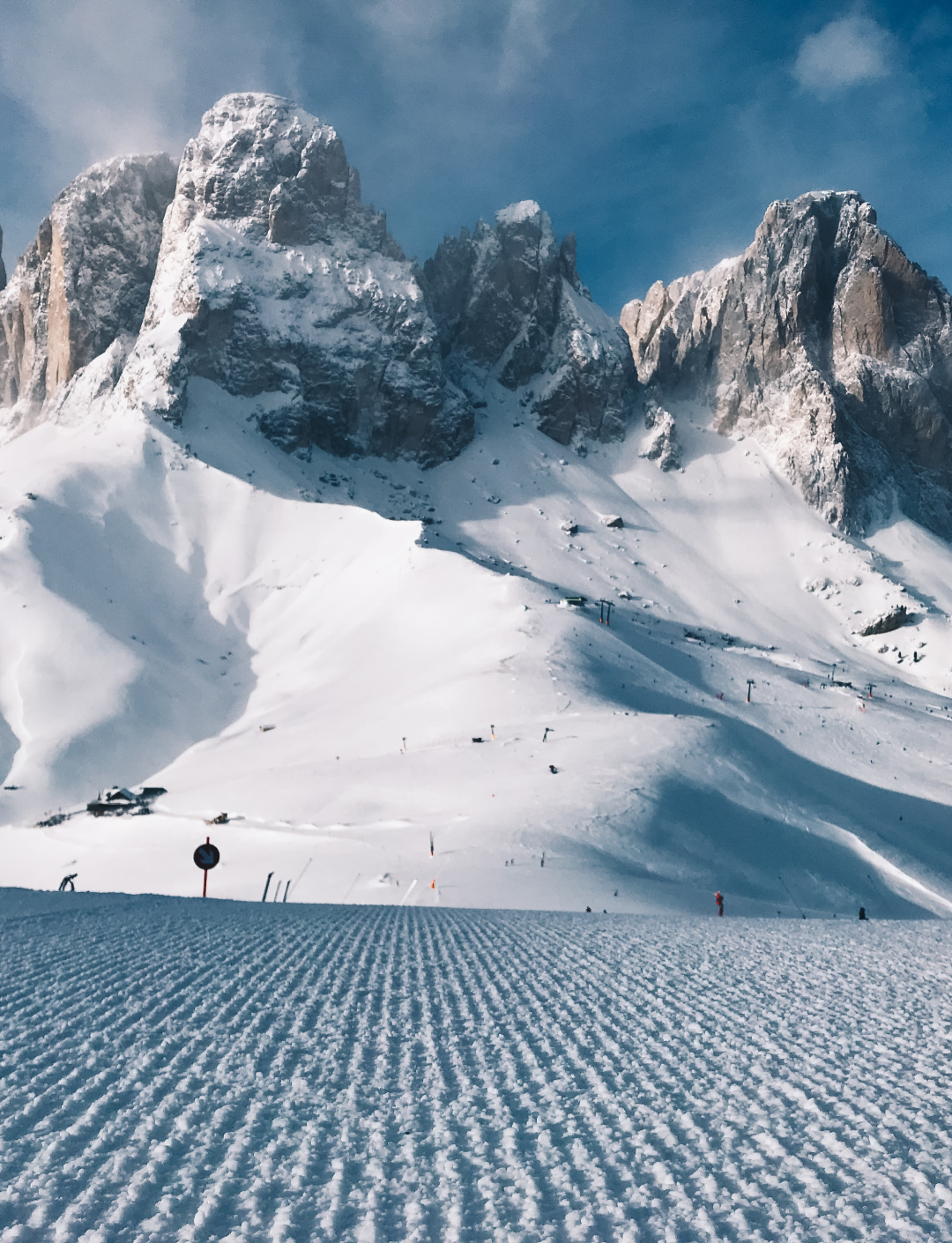Summer time might be your least favorite season — green vegetation covers those once snow-capped peaks and the ski lifts have not moved in months, but it can also be the best time of the year to buy new gear. Sometimes staying stoked for ski season means fitting new ski boots, trying on those snowboard pants you were eyeing last winter, or sliding your hands into the familiar warmth of gloves. Summer time means big sales on winter gear, discounts on your favorite ski brands, and major clearances. Check out UtahSki’s annual blowout sale for the perfect opportunity to gear up for next season.

Skis and Snowboards
The end of summer is the best time of the year to upgrade those all-mountain skis or purchase that new snowboard, because the average consumer probably hasn't thought about winter sports in a while. Prices will be low, but be sure to do your research as there may be a limited selection of colors and sizes. Advance research will also save you hassle during big sales and clearances, when there may not be a lot of time to deliberate your purchase.
Know your desired ski length before you shop. If you know you plan on stepping up your speed game this year, you’ll want to shop for a ski that has a little more rocker and is perhaps a touch longer than your old skis. If you can at least determine a range that you fall into based on your body size and ability level, you can save time and shop with confidence.
Sizing Your Ski Boots
Although prices are low and the temptation to buy is high, you don't want to buy improperly fitting equipment. Especially if you’re picking out a new pair of ski boots, you’ll want to be sure they fit properly. Boots that are too large can result in poor performance and sore muscles. Boots that are too small can result in blisters and painful feet. Here are a few tips from Nordica on How a Ski Boot Should Fit.
Mondo sizing is the system used to size ski boots for downhill skis, referring to the boot’s inner sole length in centimeters. Often manufacturers will offer shells and liners stamped with a range that encompasses the half to the whole size, with insoles that are available in either thick or thin versions. You can purchase custom insoles for a better fit and usually a bit more arch support. They are a popular way to assure your boots will stay comfortable during a long day on the slopes.
An example of Mondo sizing: 24 centimeters is equal to a size 7.5 in women’s boots and a size 6 in men’s boots. Other things to consider:
- The kind of socks you wear matters. A thick pair of wool socks can make your boots feel too cramped. It is recommended you wear thin, synthetic ski socks as opposed to cotton alternatives.
- A great boot sizing tip is that when you are standing, your toes should just lightly touch the end of your boots, and absolutely not roll over.
- When you’re flexing your knees, your heels should stay down.
- It is recommended you walk around in a pair of boots for at least twenty minutes in order to assure comfort and proper fit.
Apparel
Summer is the perfect time of the year to go through your winter wardrobe and throw out the clothes that are never worn or have seen too much wear and tear on the slopes. Bargains and sales provide you with the perfect opportunity to spice up your ski fashion, buy those new snowboard pants, or get those high-tech gloves you’ve been eyeing.

Jackets are often the most expensive piece of ski apparel, so take this time to evaluate what you have and determine if purchasing a new jacket would be beneficial to you this year. Remember to look for products that are 100% seam sealed and thoroughly insulated. Also, look for hood features that allow for comfort when wearing a helmet.
Ski and snowboard pants offer the biggest range in terms of style and fit — some people prefer a more tailored appearance while others prefer more room to stretch out on lengthy turns through fresh powder. Shop for pants with high waterproof ratings, the proper level of insulation your body requires, and features including vents and built-in gaiters. While it is not as essential to have insulation on the bottom half of your body, some people get colder than others and would absolutely prefer it.




